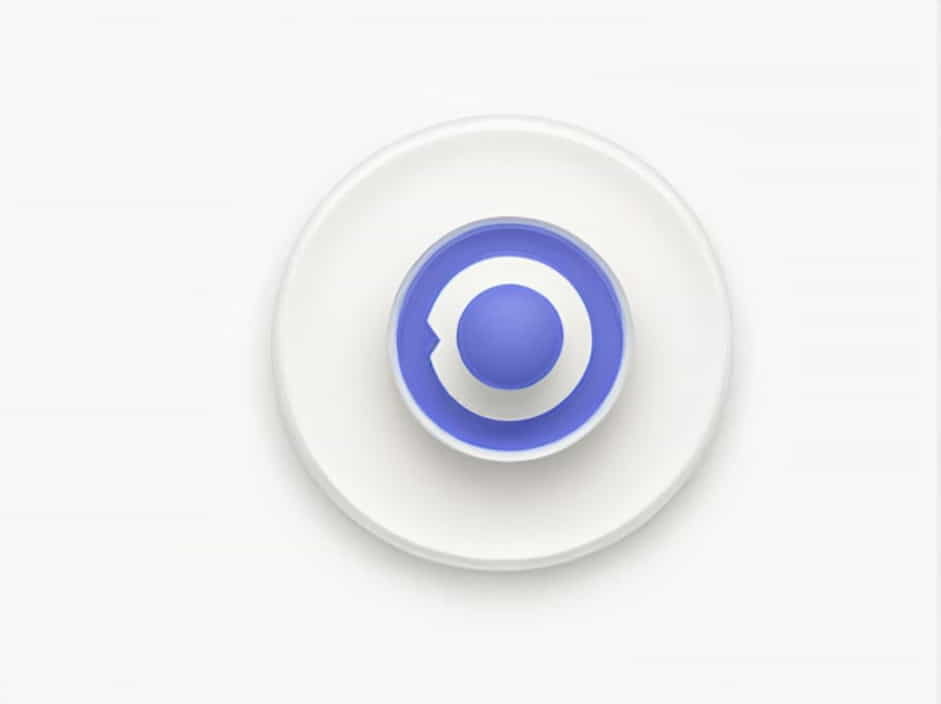Diffusion models have become a breakthrough in AI-generated content, particularly in image generation, video synthesis, and text-to-image applications. These models, designed to generate high-quality outputs by learning data distributions, are often seen as purely generative. However, recent studies suggest that diffusion models also exhibit classification-like behavior, meaning they implicitly learn to differentiate between different categories of data.
This topic explores how diffusion models act as classifiers, why this happens, and what implications this has for AI research and applications.
What Are Diffusion Models?
1. Understanding the Basics
Diffusion models work by gradually adding noise to an image (or data sample) and then learning to reverse this process to generate realistic outputs. This method is inspired by thermodynamic diffusion, where ptopics spread from high-concentration areas to low-concentration areas.
2. The Training Process
The training of a diffusion model involves:
- Noise Addition – Images are corrupted by adding Gaussian noise step by step.
- Denoising Process – The model learns to remove noise and reconstruct the original image.
- Reverse Diffusion – At inference, the model starts with pure noise and progressively removes it to generate a new image.
While this may seem like a purely generative process, there is evidence that diffusion models inherently learn to classify data as well.
How Diffusion Models Act as Classifiers
1. Implicit Learning of Data Categories
During training, diffusion models learn the structure and composition of data from different categories. For example, if trained on a dataset containing cats and dogs, the model inherently learns to distinguish between them—even if its primary task is generation.
2. Conditional Image Generation as Classification
Many diffusion models allow conditional image generation, meaning they generate images based on a given label (e.g., “generate a dog”). To do this effectively, the model must understand which features define a dog versus a cat, which is essentially classification.
3. Feature Separation in the Latent Space
Diffusion models process images in a high-dimensional latent space. During training, the model organizes this space in a way that separates different categories—just like a classifier. Studies have shown that you can use a trained diffusion model to extract class labels without needing a separate classification network.
Experimental Evidence of Classification Behavior
1. Extracting Class Labels from a Diffusion Model
Recent research has shown that trained diffusion models can be used to predict the class of an input image, even without explicit supervision. This is done by:
- Analyzing the denoising process – The way noise is removed follows category-specific patterns.
- Examining the learned representations – Different classes are clustered in feature space.
2. Performance Comparable to Traditional Classifiers
In some cases, diffusion models can achieve classification accuracy similar to traditional neural networks. This means that, while designed for generation, diffusion models can also identify objects, textures, and structures with high accuracy.
Why This Matters
1. Enhancing AI Efficiency
If diffusion models already act as classifiers, we might not need separate networks for classification tasks. This could lead to more efficient AI architectures that combine both generation and classification in a single model.
2. Improving Image-to-Image Translation
Diffusion models are used in style transfer, super-resolution, and image restoration. Understanding their classification capabilities could help fine-tune these processes for better results.
3. Potential Bias and Ethical Concerns
Since diffusion models classify data implicitly, they may inherit biases from their training data. If not properly managed, this could lead to:
- Unintended biases in generated images
- Misclassification of objects or people
- Ethical issues in AI decision-making
Applications of Diffusion Models as Classifiers
1. Image Recognition and Labeling
Since diffusion models already learn to separate features, they can be used for image labeling, tagging, and automated annotation in applications like:
- Medical imaging – Identifying abnormalities in X-rays and MRIs.
- Autonomous vehicles – Recognizing objects on the road.
- Security and surveillance – Detecting suspicious activities.
2. Data Augmentation for Training Other Models
Diffusion models can be used to generate labeled synthetic data that improves the performance of traditional classifiers.
3. AI-Assisted Creativity
By integrating classification and generation, diffusion models could help in:
- Content generation with better control
- Adaptive AI-generated art based on user preferences
- More realistic deepfake detection
Challenges and Limitations
1. Computational Complexity
Diffusion models require high computational power, making them more expensive to train and deploy compared to traditional classifiers.
2. Interpretability Issues
Since diffusion models were not originally designed for classification, their decision-making process is not as transparent as in dedicated classification networks.
3. Dataset Limitations
If the training data contains biases, the model may reinforce incorrect classifications, leading to ethical concerns in AI deployment.
Future of Diffusion Models in AI Research
1. Unified Models for Classification and Generation
Researchers are exploring ways to create hybrid models that seamlessly combine classification and generation.
2. Better Explainability in AI Models
Future work will focus on making diffusion models more interpretable, so we can understand how they classify data.
3. Expanding Beyond Images
While diffusion models are mostly used for images, their classification abilities could be applied to text, audio, and even video.
While diffusion models are known for their generative capabilities, they also act as implicit classifiers, learning to distinguish between different data categories. This hidden classification ability opens new possibilities for AI research, efficiency, and applications, but also raises challenges related to bias, interpretability, and computational cost.
As AI continues to evolve, diffusion models may become more than just image generators—they could redefine how we approach both classification and creative AI.
Powered by # ChatGPT Conversation
User: Ronaldo Ronaldo ([email protected])
Created: 11/3/2025, 15.38.45
Updated: 11/3/2025, 16.58.28
Exported: 13/3/2025, 16.12.57
